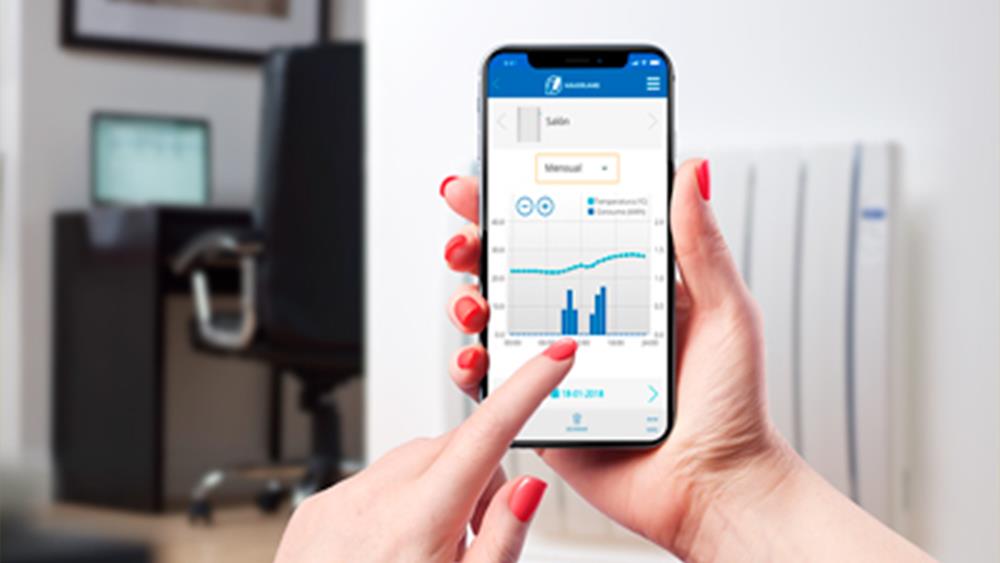

To simplify application, the directive divides the products into lots. Those that directly affect air conditioning and refrigeration products are:
More and more brands and companies from different sectors try to develop products and processes that promote sustainability.
The reasons? First of all, consumer concern about their own impact on the environment has increased in recent years and has become a decisive factor in the purchase decision.
Secondly, institutional regulations are increasingly demanding due to scientific evidence that shows the negative effects of pollution on climate change and the planet.
Haverland, in its commitment to the environment and sustainability, has been following the Ecodesign directive since 1 January 2018. Some of the Ecodesign requirements that apply to Haverland products are:
These are just some of the most important aspects, but the parameters that can be incorporated into heating and air conditioning equipment to make them more sustainable are many.
Beatriz Márquez, Haverland Marketing Director, explained: "When implementing Ecodesign in the manufacturing, distribution and use process of any product, it is important to try not to affect such important factors for the consumer as price, functionality, quality or safety".
For this reason, Haverland not only complies with these Ecodesign parameters, but also focuses on low energy consumption, the quality of materials it uses to extend the products' useful life, and connectivity systems that allow the devices to be controlled and monitored from a phone or tablet.
Other measures incorporated by the brand are the open window detection system, security functions to prevent overheating or accidents, and the use of recycled and more sustainable materials such as aluminium.
If you'd like to keep up-to-date with the latest developments in the heating and plumbing industry, why not subscribe to our weekly newsletters? Just click the button below and you can ensure all the latest industry news and new product information lands in your inbox every week.